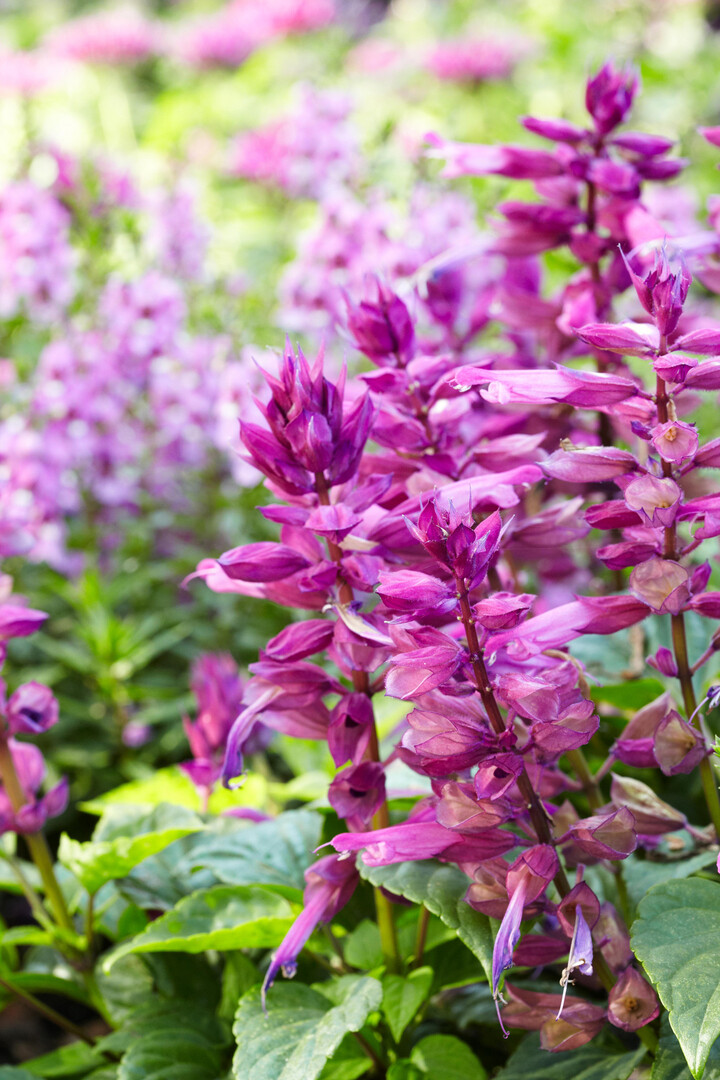Lilies are a summer garden favorite; planting just a few bulbs can add a ton of color to your landscape, and their elegant blooms look equally beautiful growing in a flower bed as they do sitting in a vase in your kitchen. Oriental and trumpet lilies are two popular types, and hybrid Orienpet lilies combine the best qualities of both. These hybrids can grow as tall as trumpet lilies (depending on the variety, Orienpets can be 3 to 8 feet tall), but have the large, dreamy blooms of Oriental lilies. Here's how to grow Orienpet lilies of your own, and keep them happy in your garden.
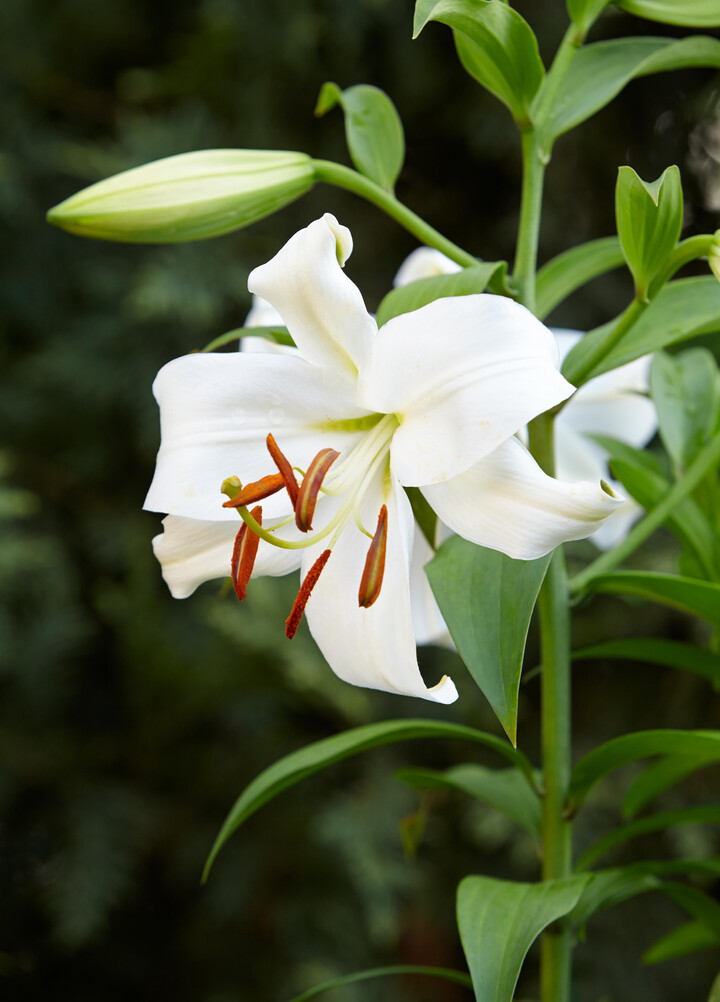
How to Plant Orienpet Lilies
Like most lilies, you want to get Orienpet bulbs in the ground in the fall. Late fall is the best, but you can also plant them as soon as the soil is workable in spring. Choose a spot in full sun (at least six hours of direct sunlight each day) with well-drained soil, then place the bulbs in a hole that’s 2 ½ times their height. Cover the bulbs with soil, pressing firmly to remove any air pockets, then water well. Orienpet lilies are hardy in Zones 4-9.
Buy It: Orienpet Lily Collection, ($28, Holland Bulb Farms)

How to Grow Orienpet Lilies
Another reason to plant Orienpet lilies is that they are pretty tough; these hybrids are more heat-tolerant than either Oriental or trumpet lilies, and their sturdy stems also rarely need staking. Once established, they can tolerate drought and downpours, as long as they have well-drained soil and aren’t left sitting in water. Still, they’ll grow best if they get regular waterings, especially in spring before they flower, so it’s a good idea to give them a little extra water if your area is going through a drought.
In midspring and early summer, scratch low-nitrogen fertilizer into the soil around each bulb. This will encourage strong growth and more gorgeous flowers. Depending on the variety, Orienpets usually start blooming in mid- to late-summer, with flowers lasting 6-8 weeks.
When the foliage starts yellowing in the fall, cut the stalks off just above ground level. The stubs will remind you where you planted your lilies in spring, and they’ll grow back just as big and beautiful. If you live in a cold area, wait until after a few hard frosts, then mulch the stubs with chopped-up autumn leaves. In the spring, gently rake away the mulch.
Orienpets also need to be divided every four or five years. In early fall, divide the plants by digging up and separating the bulbs. Then replant where you want, or share some of the extra bulbs with friends.
Deer and voles are the main pests that might threaten your lilies. The buds can be tempting to deer, but spray-on repellent can help keep them at bay. For voles, plant the bulbs in a plastic flowerpot with bottom cut out. Then, bury the pot up to the rim.
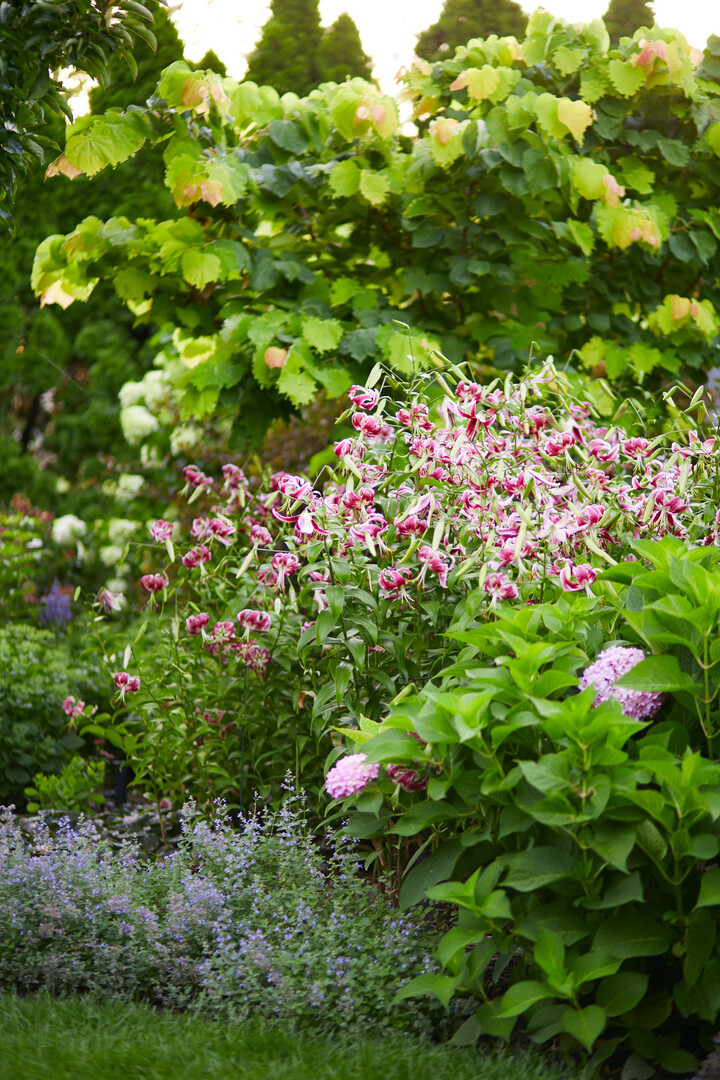
What to Plant with Orienpet Lilies
Filling a bed with just lilies looks spectacular, but you can add some variety with a few other plants. Try planting clusters of three Orienpet bulbs about 12 inches apart in the back of a bed, then filling out the rest with these plants.
Crocosmia
With saber-like leaves and colorful flowers, crocosmia (or its cousin gladiolus) will make a striking contrast to Orienpets. Crocosmia also needs full sun and well-drained soil, and the flowers are attractive to hummingbirds. Plant the small, bulb-like corms in fall, when you would plant the lilies.
Buy It: 5 'Vera Cruz' Crocosmia Corms, ($5, Easy to Grow Bulbs)
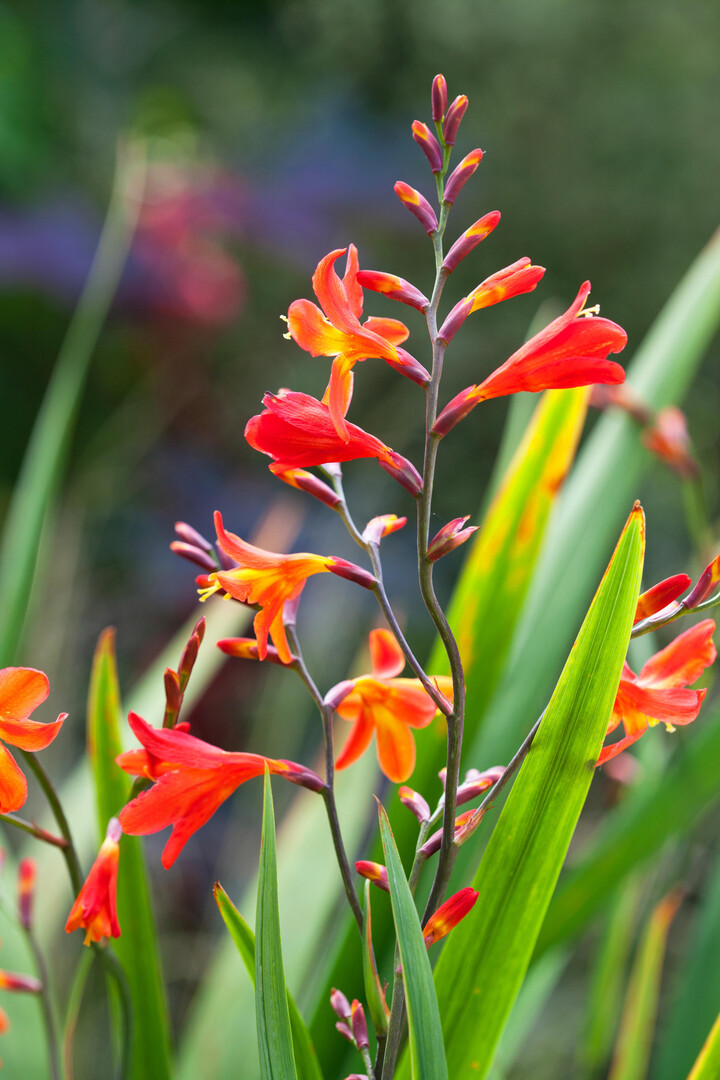
Lilacs
Plant lilacs behind Orienpets; they’ll bloom first, adding color and sweet scents to your garden, then their dark green foliage will serve as a backdrop for the lilies.
Buy It: Double Blue Lilac, ($27, The Home Depot)
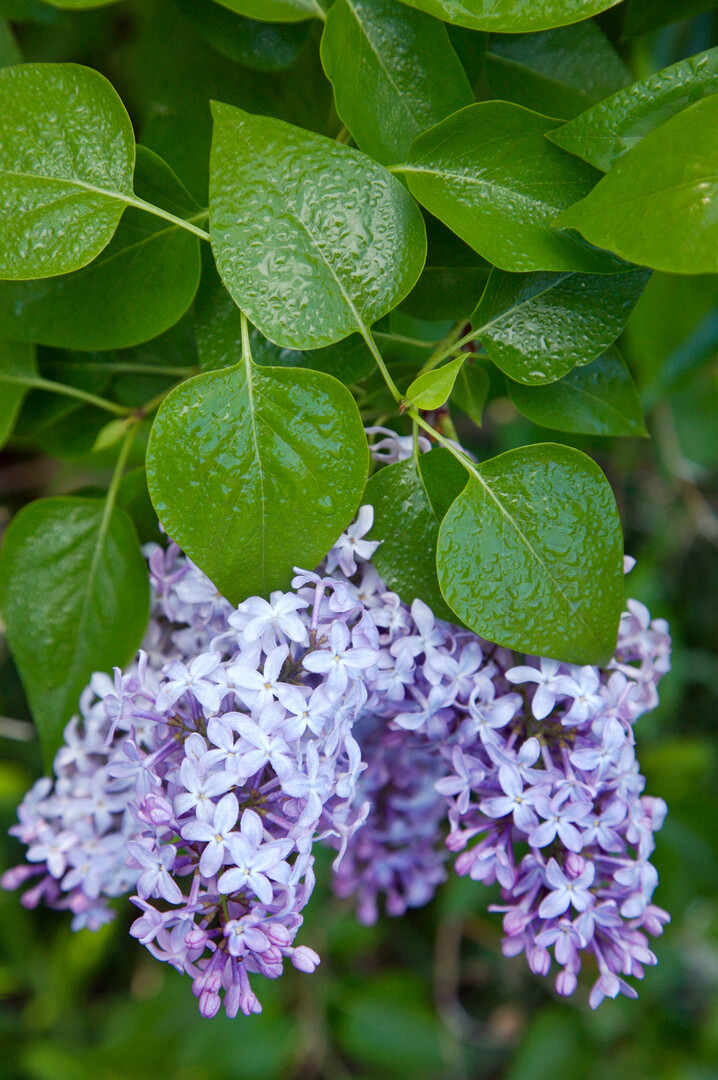
Salvias
Choose a short salvia variety for the front of your bed, where it will help hide the lilies’ bare lower stems. Most salvias will stay between 18 and 36 inches tall, and do best in full or part sun and well-drained soil.
Buy It: 'Bumbleblue' Salvia, ($16, Bluestone Perennials)
